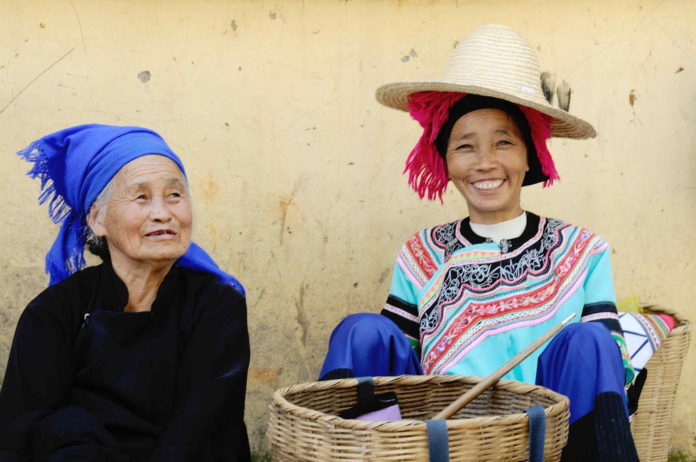By the end of the year, the Chinese government might lift its restrictions on family size. The predictions arose when the Chinese family policy went from a one-child policy to a two-child policy in 2016.
During Mao Zedong’s leadership in China, the birth rate declined from 37 per thousand to 20 per thousand. Infant mortality then dropped to 53 per thousand in 1981, and life expectancy increased to 66 years in 1976.
Chinese leader Deng Xiaoping introduced the one-child policy in 1979 to suppress the rapid growth of the Chinese population, which was at 970 million during that time. The procedure required the Han Chinese only to have one child. They changed the policy in the 1980s, allowing parents to have two children if both parents are the only children in their own families, if the couple lived in a rural area, and belong to ethnic minorities with a small population.
Since its implementation, the law became controversial. The policy said to have contributed to alarming rates of forced abortions, sterilization, and gender imbalance because of female infanticide.
During the pendency of the one-child policy, multiple births became an exception. If the mother gave birth to twins, triplets, or any of that kind, there is no penalty. Families who sought fertility medication increased as well. Those who complied with the policy had rewards from the government including education subsidies, housing improvements, more extended leaves, and interest-free loans.
However, despite these advantages, some thought the policy was questionable. After the 1990s, the ratio of boys to girls was 117 to 100. It could cause social instability and a heightened desire to fly out of the country to find a partner. It also caused some families to go abroad to give birth to a second child. Most importantly, it claimed to deprive the citizens of their human rights, specifically of parents to decide the number and spacing of children in a family.
In 2016, the government allowed couples to have two children. However, some criticized the move saying that it is too late to avert a population imbalance because not everyone looks at having more children already. In the same year, Wang Peian, the vice minister of the National Health and Family Planning Commission said that they would continue imposing family size restriction for 30 years. He added that the government would adopt a new policy if the population’s socio-economic development situation changes.
The move of scrapping family size limits would be “a historic end to a policy that spurred countless human-rights abuses and left the country short of workers.” The State Council researched the effects of putting an end to limiting family size and says they intend to implement it nationwide. The government also wants to reduce the pace of aging in China’s population and to stop the criticism of their policies. If pushed through, they will call it “independent fertility.”










